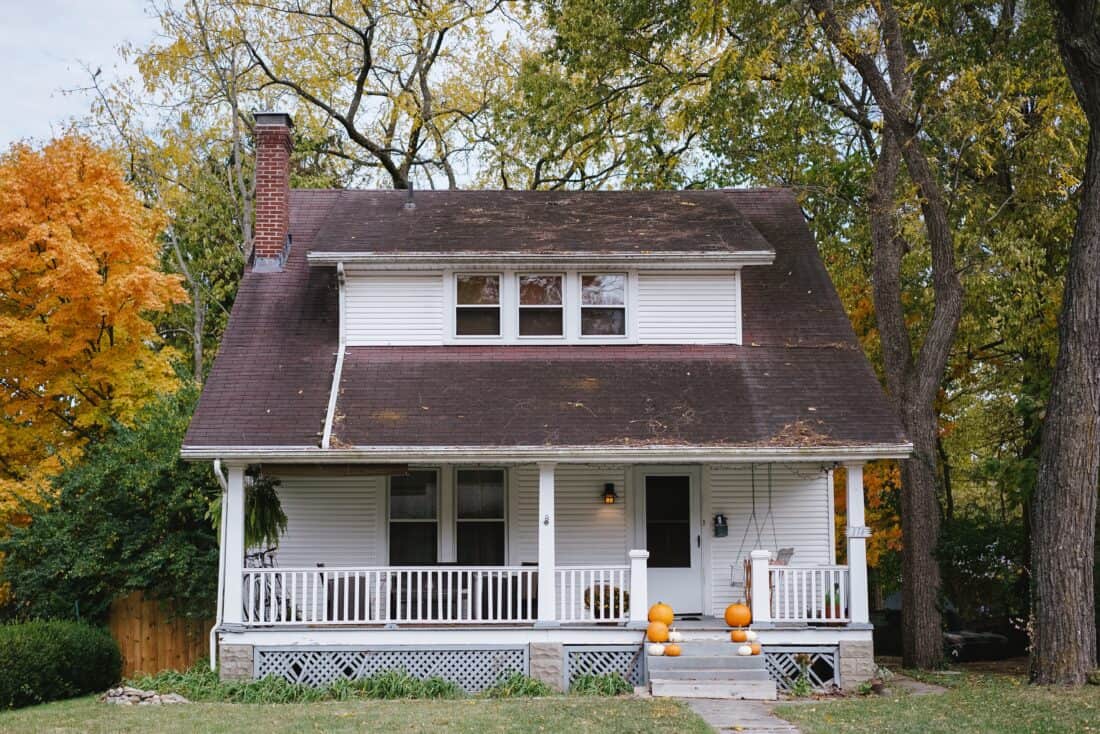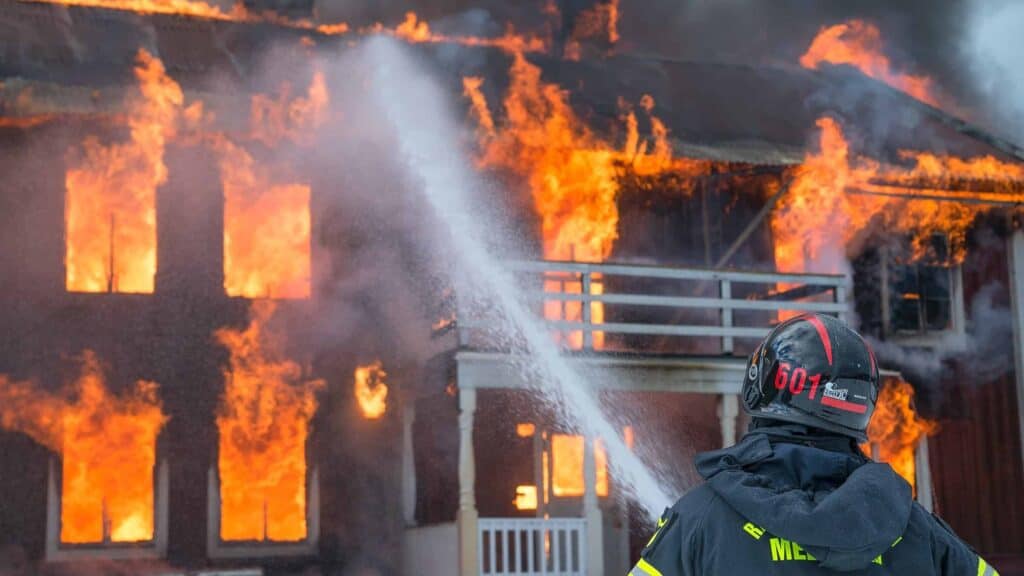If your home is not up to code, you might be wondering how you will pay for it and whether your homeowner’s insurance coverage might help. Generally, a standard policy will not pay for this, but some insurance companies do offer building code insurance at an extra cost.
This coverage could then help to cover your costs of getting the home back up to code after it has been damaged by something covered in your insurance policy. Having the coverage could save you from spending too much money out of pocket that you did not expect.
What Does the Coverage Do?
Another term for building code upgrade coverage used by some insurance companies is “ordinance or law coverage”. It is meant to help pay for any added costs that you have during the repair, construction, or demolition of a structure covered in your policy due to changes in law and regulations.
Some insurance companies have standard policies that will only restore a home to its original state, which may not align with the new building codes. This would mean that you will have to pay for the updates on your own. This has the potential to be costly, but it will need to be done to meet the requirements of your state and local ordinances. Having building code coverage is a good way to ensure you don’t have to pay out of pocket.
This is something that most homeowners don’t realize. They believe that their standard policy will provide all of the upgrades needed in case of a disaster that requires the home to be renovated or rebuilt. That’s not the case, and it is important to understand exactly what is and is not covered.
Three Elements of Building Code Coverage
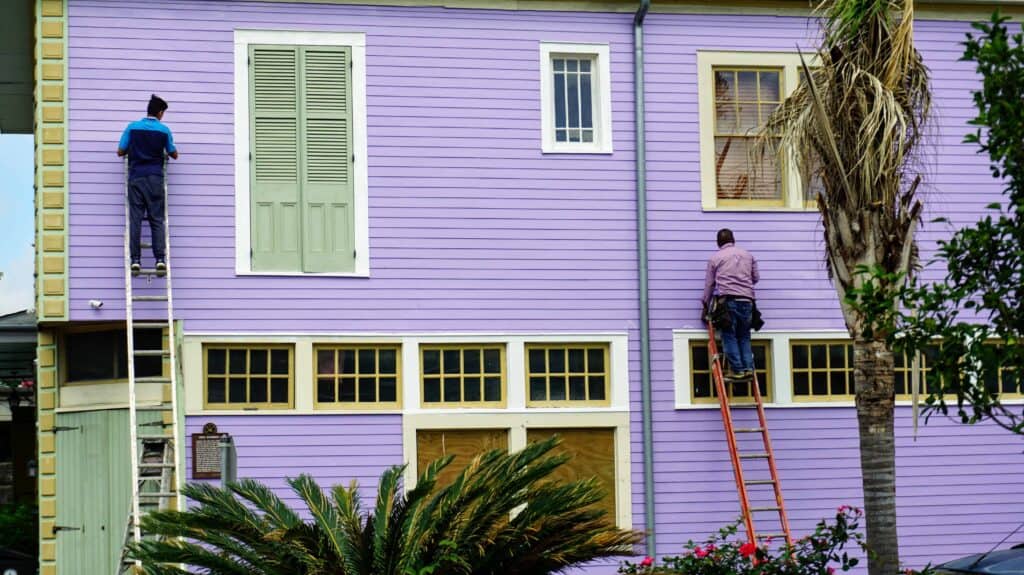
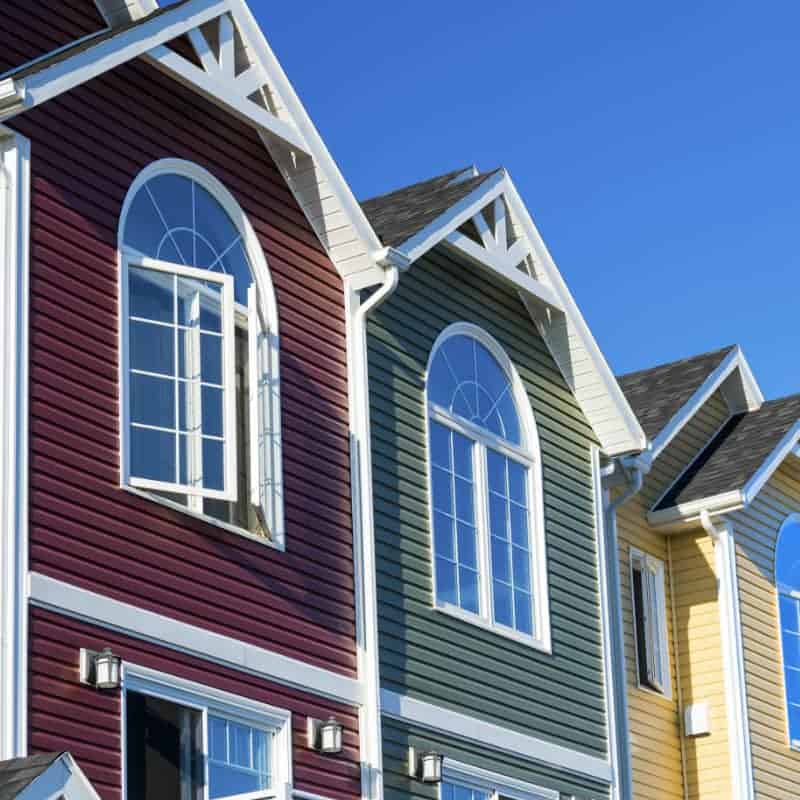
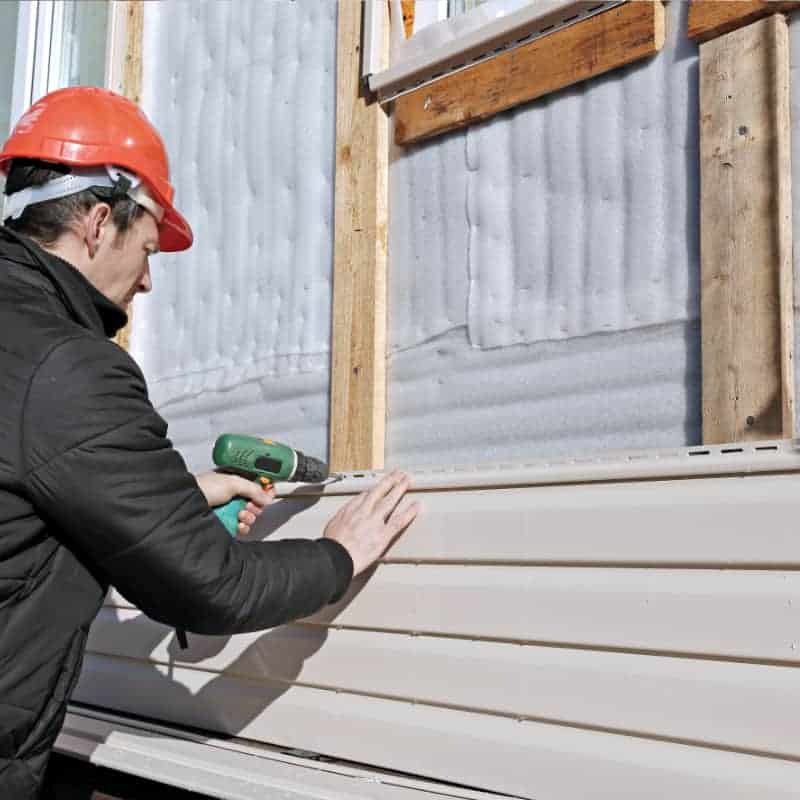
Building code coverage has three different types of coverage. You can purchase all of the coverages, or you can choose them individually. Let’s look at each of these to see what they entail.
- Coverage A – Loss of Undamaged Portion: This type of coverage would help when only part of a structure is damaged, but the building codes require that the entire structure needs to be demolished. It will provide coverage for the loss in value of the undamaged portion of the building.
- Coverage B – Demolition Costs: This coverage is meant to pay to demolish and clear the part of the building that has been undamaged.
- Coverage C – Increased Cost of Construction: Coverage covers the cost of repairing/rebuilding damaged portions. It also covers the cost to rebuild or repair undamaged parts even if demolition is not required.
Should you choose one, two, or all of the above? Each situation is different. You should speak with your insurance company to determine what is best for you. The best course of action is typically to have as much coverage as possible.
What About Bringing the Home Up to Code During Renovations?
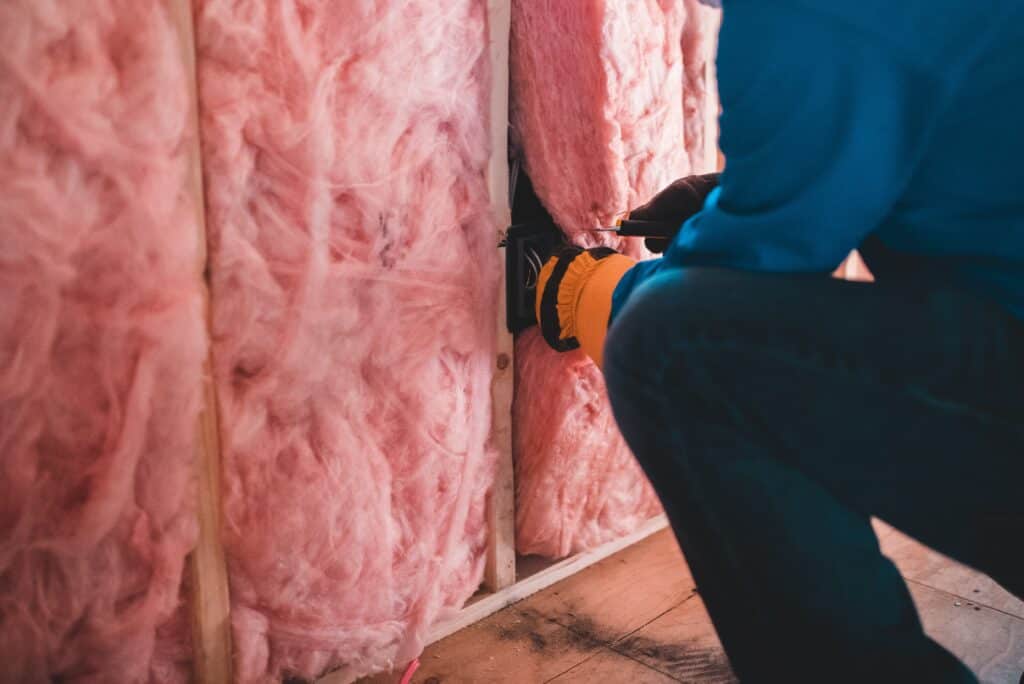
Most of the time, you aren’t going to be required to bring your home up to code out of the blue. It happens when your home has been damaged by a covered peril and when it’s being repaired or replaced. However, if you decide that you want to renovate your home, you are generally going to be required to ensure you are up to date with all of the current building codes.
Keep in mind that building code coverage will not usually help with the cost of these home improvement projects or routine maintenance. For example, if you decide that you need to rework your plumbing or upgrade the garage, this coverage will not pay for those expenses.
What Are Building Codes and Why Do They Exist?
Building codes are in place to help ensure that the minimum requirements are met for health and safety in a building. These codes are used for both residential and commercial properties.
Typically, state and local jurisdictions will use building codes created and updated by the International Code Council. They cover foundation and grading, heating, air, and ventilation, roofing, structural support, wiring, mechanical systems, drainage systems, and plumbing. They will also cover regulations from the Americans with Disabilities act.
The codes are not static. The ICC periodically updates them. Homeowners don’t need to improve their property with every building code change. However, if your home is damaged or a total loss, it does need to be built to the new building codes.
What Are Qualifying Perils?
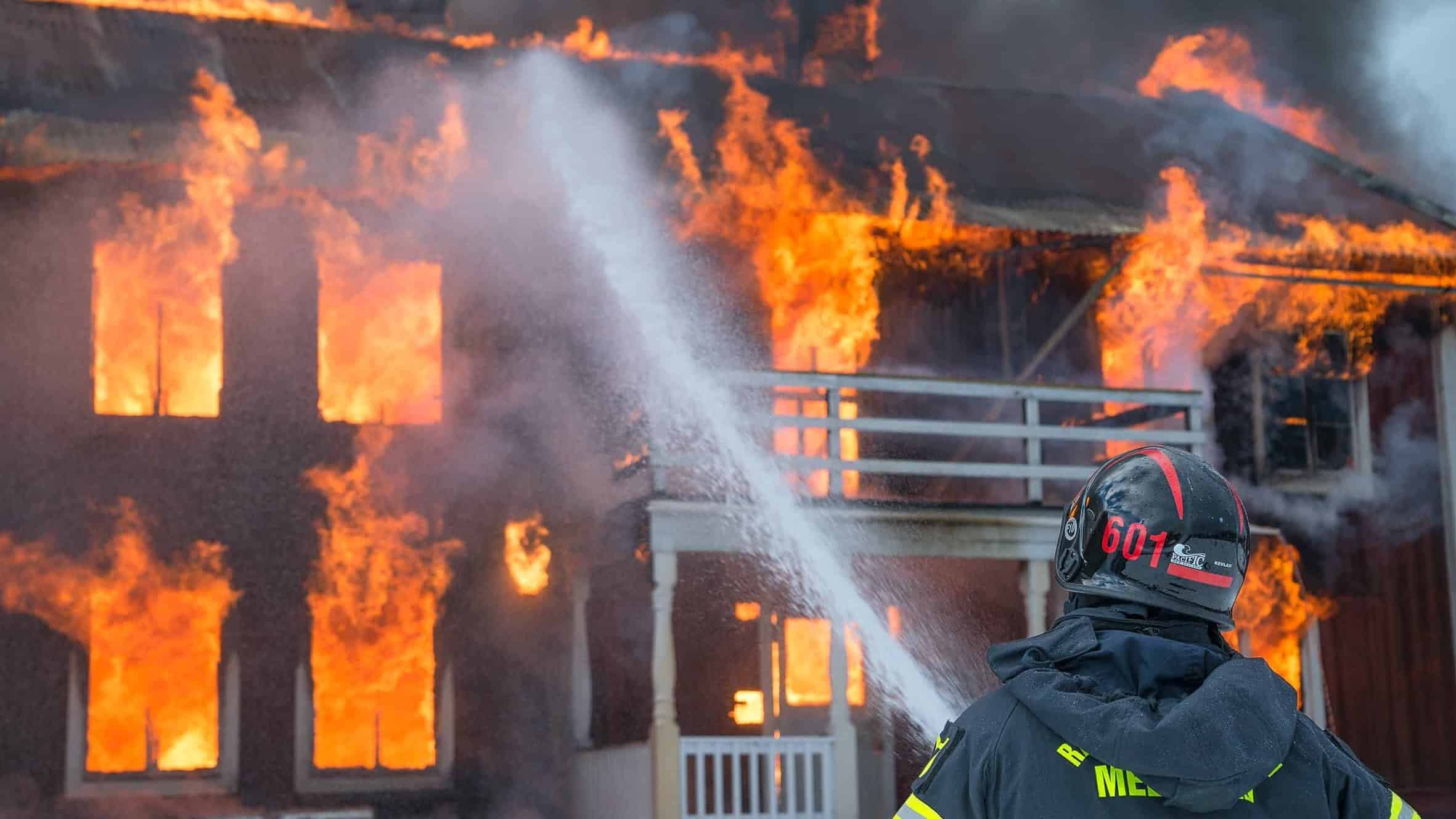
A qualifying peril would be something that your insurance policy already covers. Typically, a homeowner’s insurance policy will provide coverage for things like storms, fire, falling objects, and certain types of water damage.
If you have additional coverage for things like flooding or water backup, then those may also be considered qualifying perils. It will depend on the exact verbiage in your policy, though, so make sure you double-check it. Go through your policy, so you know what is and is not covered.
Who Should Consider Building Code Coverage?
Building code coverage is optional since it is an add-on. You aren’t required to have it, but not having it can put you at greater risk.
If you live in a newer home and it is already up to date with all of the building codes, then you probably don’t need building code coverage. However, if you have an older home that has not been updated to the latest codes, getting coverage is a good idea. It will ensure that it can be brought up to code in the event of a covered peril or disaster.
Keep in mind that building codes change regularly, so even if you do have a more recently made home, it still may not be up to the latest codes. Not having coverage will put you at a risk. When you are covered, it could ensure you don’t have any unexpected and extra expenses.
Despite being optional, many feel that having this coverage is warranted in a lot of situations. Unless you have a brand new home and you are sure it is still up to code, it’s a good idea to check into your options. The cost tends to be low, so it shouldn’t add much to your premium.
When you are getting the coverage, you will also want to look at any other potential add-ons that might provide you with more protection. After all, your house is likely the largest investment you’ve ever made. You want to keep it safe.
How Much Coverage Should You Get?
If you feel that you need building code coverage, the first thing you should do is speak with your insurance company to see what they offer. Some may not have this form of coverage, and you may need to find a different insurer.
Homeowners can usually choose how much coverage they want. Before you do, though, remember that the policy will only pay up to the maximum amount of coverage you buy. The insurance company can let you know more about this type of coverage and how much you might need for your home.
Stash Property Restoration always takes current Building Code into consideration before a project begins. If we identify that Building Code may be an issue, we will discuss this with you beforehand and work with your insurance carrier when applicable. We ensure that all of our projects are built to the highest standard and meet all current building codes.
/

